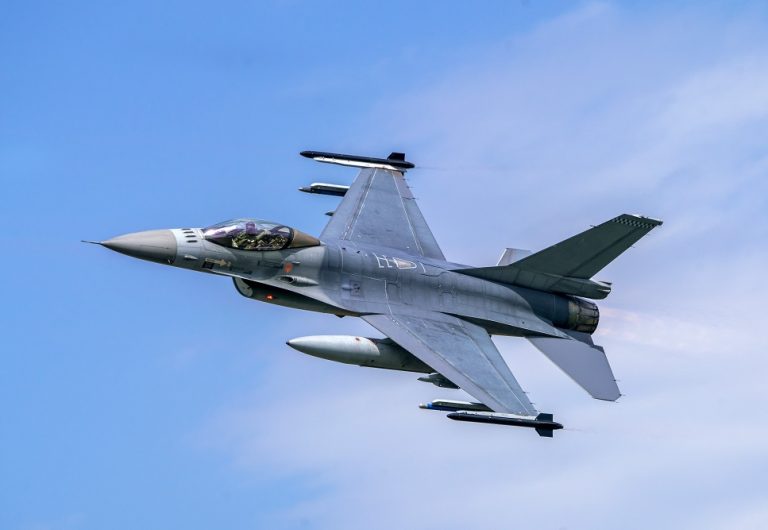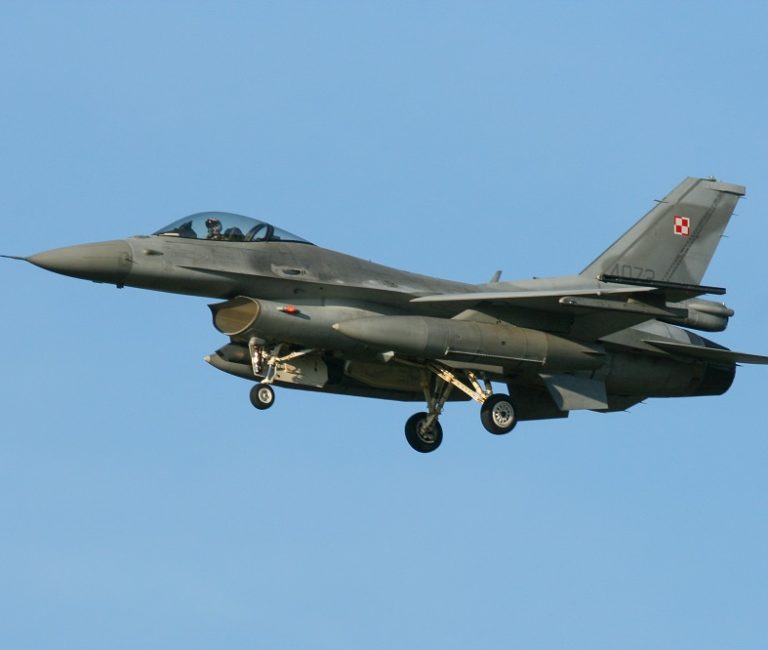
JET A-1 Aviation Fuel: Specifications and Key Uses
JET A-1, once commonly called “kerosene,” is a widely used aviation fuel suitable for most jet aircraft. It complies with strict international standards, including the latest AFQRJOS guidelines, British DEF STAN 91-91, ASTM D1655, and NATO’s F-35 specifications.
This fuel features a minimum flashpoint of 38°C, ensuring safety, and a maximum freezing point of -47°C, making it reliable in extreme cold conditions. Primarily, JET A-1 powers jet turbine engines but is also utilized in general aviation for certain diesel engine aircraft. Its consistent quality and performance make it essential for safe and efficient air travel worldwide.
Jet Fuel Types and Their Role in Aviation Performance
Jet fuel, also known as aviation turbine fuel (ATF), is specifically formulated for aircraft powered by gas-turbine engines. It typically appears colorless to pale straw in hue. The two most widely used jet fuels in commercial aviation are Jet A and Jet A-1, both manufactured according to strict international standards to ensure safety and performance. Another commonly used fuel in civilian turbine-powered aircraft is Jet B, favored for its superior performance in extremely cold weather conditions.
Jet fuel consists of a complex blend of various hydrocarbons. The size of these hydrocarbons, measured by molecular weight or the number of carbon atoms, is carefully controlled to meet essential specifications such as freezing point and smoke point. Kerosene-based jet fuels like Jet A and Jet A-1 generally have hydrocarbons containing between 8 and 16 carbon atoms. In contrast, Jet B, which is a wide-cut or naphtha-type fuel, contains hydrocarbons with a carbon range from about 5 to 15. This precise composition ensures optimal combustion and reliable operation across a variety of temperatures and flight conditions.

